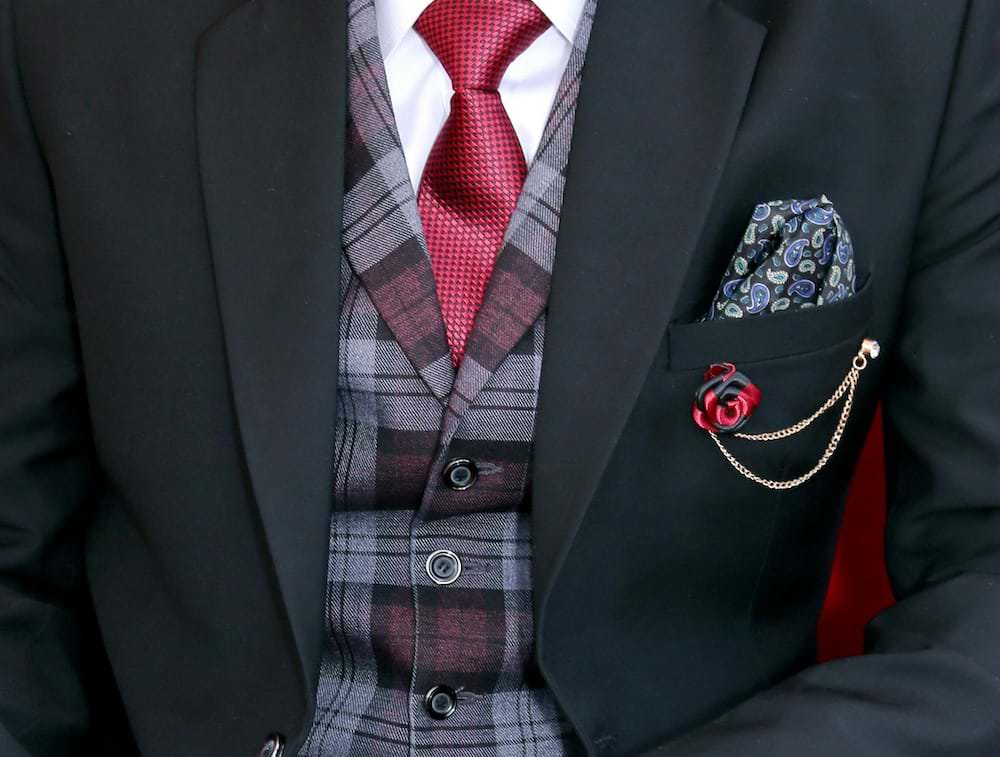taille vs pointure
In French, the nouns “la taille” and “la pointure” are both used when talking about sizes, but they refer to different contexts. Understanding their meanings and usage will help you navigate conversations about clothing, shoes, and measurements more effectively.
“La taille”
1. Clothing size
- The word “taille” is commonly used to refer to clothing sizes.
- Example:
- Quelle est votre taille ?
(What is your size?) - Je fais du 38.
(I’m a size 38.)
- Quelle est votre taille ?
2. Waist
- “Taille” can also mean “waist” when talking about parts of the body.
- Example:
- Cette robe met bien en valeur la taille.
(This dress highlights the waist beautifully.)
- Cette robe met bien en valeur la taille.
3. Height
- Another meaning of “taille” is height, often in reference to a person’s stature.
- Example:
- Il mesure une grande taille.
(He is very tall.)
- Il mesure une grande taille.
4. Connection to “tailleur”
- The noun “taille” is etymologically linked to “tailleur,” which means “tailor” in English. A tailor (un tailleur) is a man who measures and cuts fabric to create clothing, often custom-made. This connection highlights the relationship between the act of measuring and making garments.
“La pointure”
1. Shoe size
- “Pointure” is used almost exclusively to refer to shoe sizes.
- Example:
- Quelle est votre pointure ?
(What is your shoe size?) - Je fais du 42.
(I’m a size 42.)
- Quelle est votre pointure ?
2. Glove size
- While less common, “pointure” can also refer to glove sizes. This is mostly encountered in specific contexts, such as formal glove fitting.
- Example:
- Pour les gants, il faut connaître votre pointure exacte.
(For gloves, you need to know your exact size.)
- Pour les gants, il faut connaître votre pointure exacte.
Key differences between “la taille” and “la pointure”
| Aspect | La taille | La pointure |
|---|---|---|
| Refers to | Clothing size, waist, or height | Shoe or glove size |
| Common question | Quelle est votre taille ? | Quelle est votre pointure ? |
| Example response | Je fais du 38. | Je fais du 42. |
Summary
- Use “taille” when discussing clothes, waist measurements, or height.
- Use “pointure” specifically for shoes and gloves.
- Remember the connection between “taille” and “tailleur,” which underscores its broader usage related to measuring and fitting.






